Every country has its own holidays. Some are based on religious traditions, others are related to the country and its statehood. Czech public holidays remind citizens of their traditions, noble aims and upheavals of history, which the Czech statehood is built on. If you are planning to visit the Czech Republic, here is some information about the public holidays you might come across and what they mean.
1 January: Restoration Day of the Independent Czech State and New Year
The first public holiday falls on the first day of the year. There are two holidays celebrated on this day. In the Czech Republic, just like anywhere else in the world, people celebrate the New Year. Before New Year, individuals, families and companies send one another personalised New Year cards with a nice or funny image, wishing health and happiness in the upcoming year. It is a day of rest after the wild New Year’s Eve celebrations. On New Year’s Day, lentils are traditionally served, representing the wish for a lot of money to those who eat it – as much money, as many lentils they can eat. Another holiday that falls on 1 January is the Restoration Day of the Independent Czech State. Czechoslovakia ceased to exist on midnight of 31 December 1992, and so the independent Czech Republic was founded on 1 January.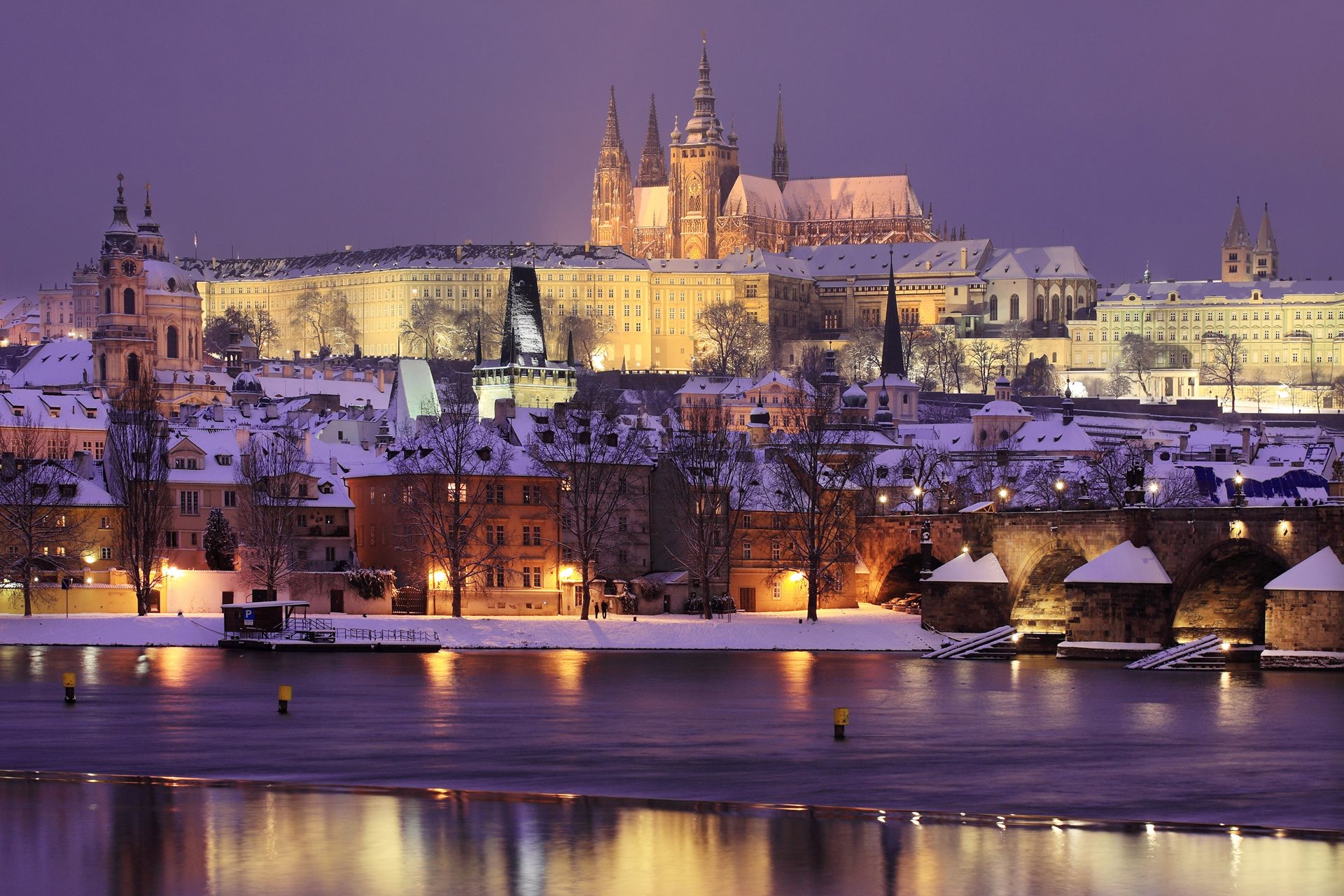
March or April: Good Friday and Easter Monday
The Czech Republic has cultural roots in the Christian world. And to Christians, Easter is the most important holiday of the year, as they commemorate the death and resurrection of the founder of Christianity, Jesus Christ. Easter Monday, however, is a day of folk customs that differ in various parts of the country. Yet these celebrations of the coming spring have one thing in common: the girls paint eggs to give them to the boys, who walk around with carols and whips on Easter Monday. The whip is made of fresh willow twigs, which the boys use to hit the girls on the buttocks. But don’t worry, it is all just symbolic! This custom originates from pagan rituals and provides women with health and fertility. Easter is also related to Easter markets in city centres or open-air museums, such as the one in Rožnov pod Radhoštěm in Moravia.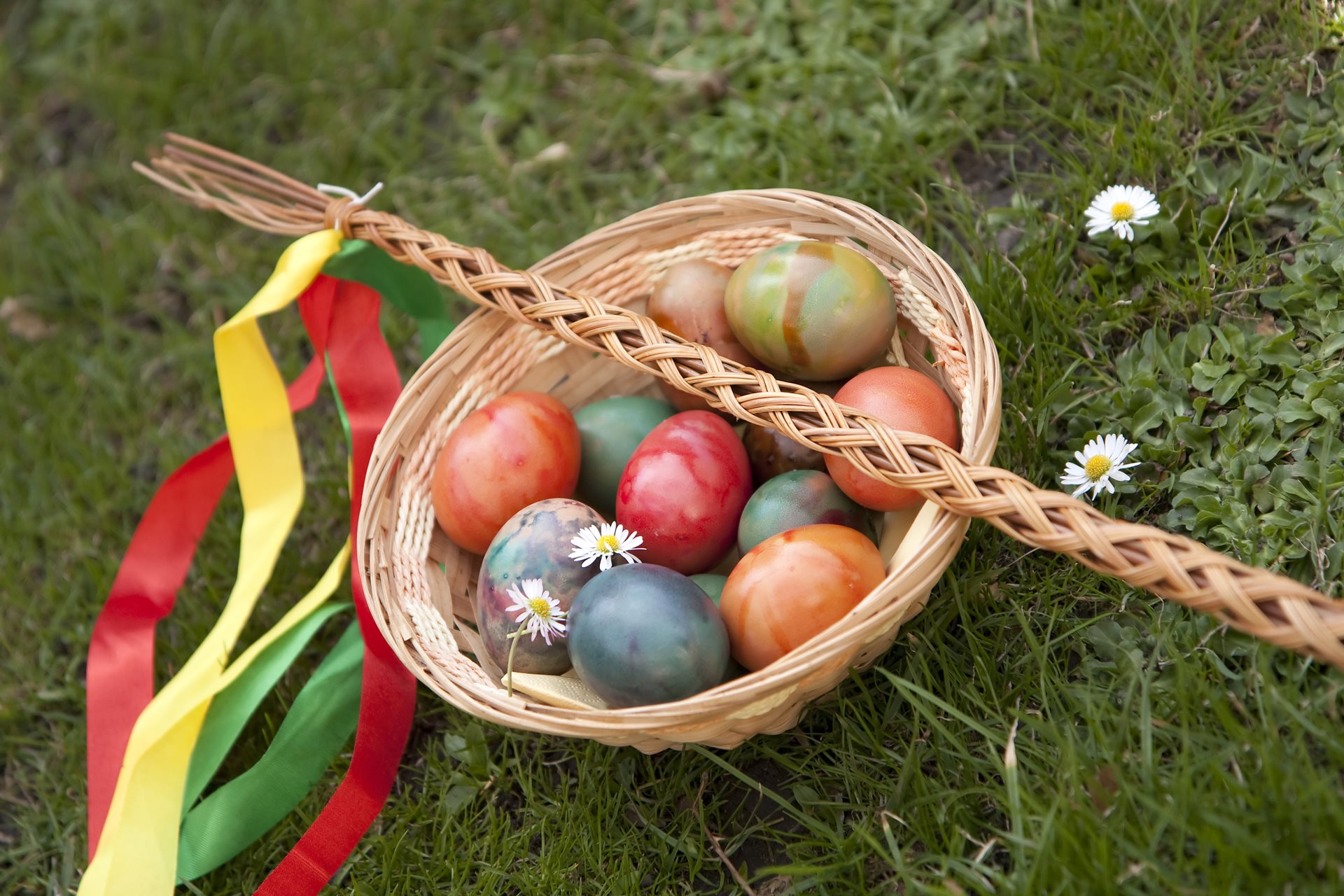
1 May: Labour Day and May Day
The first day in May is not only Labour Day in the Czech Republic, but almost all over the world. It commemorates the 1886 strike of American workers. The holiday has had various forms and is perceived in a contradictory way. Some still remember the obligatory processions organised by the Czechoslovak communists, even though it has been thirty years since the regime fell. And so, most Czechs celebrate the first of May as a day of those in love, as a day of rest that should be spent with a loved one, finding a blooming tree to get a kiss underneath. This tradition is probably rooted in the 19th century Czech poem entitled May, which starts with the words: Late evening, on the first of May – the twilit May – the time of love… And where can you find a blooming orchard? For example, on the Prague hill of Petřín!
8 May: Victory Day
Many decades have passed since the end of World War II on the European continent, after all, Nazi Germany capitulated on 8 May 1945. But the War influenced the history of the world and the lives of people as no other war that had ever happened in the Czech lands before. And so, its end is one of the Czech public holidays and it is commemorated every year with celebrations and military parades at various places throughout the country. The most famous is the Freedom Festival in Plzeň.5 July: Saints Cyril and Methodius Day
At the beginning of July, Czechs celebrate the symbolic anniversary of the arrival of Slavic missionaries, Cyril and Methodius, to Great Moravia in 863. The brothers came to the area of today’s Czech Republic to spread Christianity among the pagan Slavs. They approached their task seriously, they even translated parts of the Bible into the old Slavonic language, they invented a special alphabet tailored to the needs of the old Slavonic language, and they founded schools. In their honour, there is a traditional pilgrimage to Velehrad in south Moravia every year. It is likely that the centre of Great Moravia used to be near Velehrad.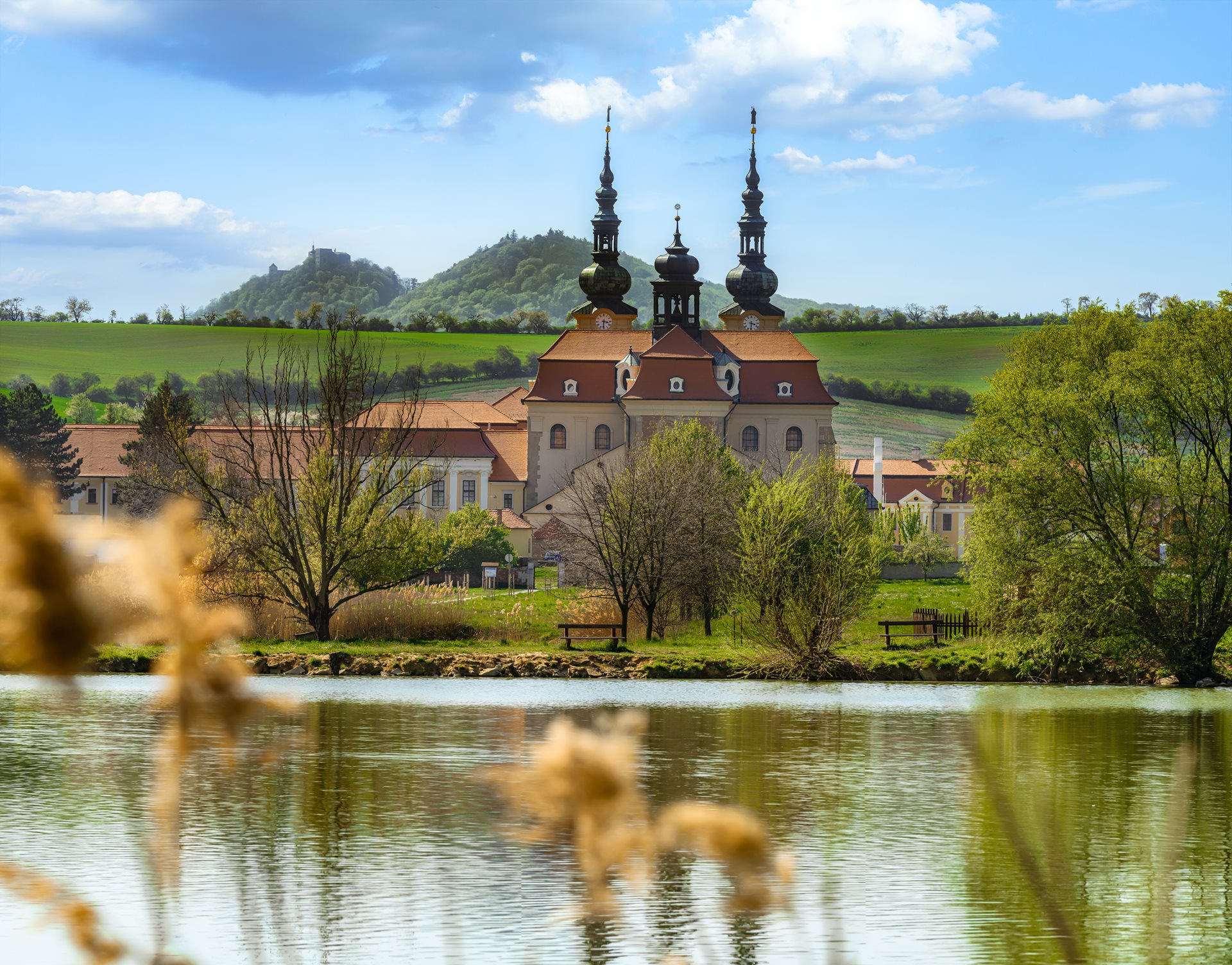
6 July: Jan Hus Day
This day is dedicated to Mister Jan Hus. He was a Roman Catholic priest, a Czech medieval religious thinker, a university teacher, a reformer and a preacher. Hus was one of the first reformers of the Catholic Church who outran his successors almost by a century – reformers Luther, Calvin and Zwingli. The Church called him a heretic, his teachings a heresy, and excommunicated him. He was to defend his teachings at a council in Constance, Germany, where he was, in the end, condemned as a heretic and burned alive on 6 July 1415, after he refused to renounce his teachings. If you wanted to follow in the footsteps of this 15th century thinker, you can still find places that are connected to him. For example, the Bethlem Chapel in Prague, where he used to preach, or the house where he was born in Husinec in south Bohemia.28 September: Czech Statehood Day
The second of the three public holidays related to the Czech state as such. On 28 September 935, the Czech prince Wenceslas was murdered, and soon after his death he became the patron of the Czech lands and honoured as a Catholic saint. This day is also a day of pilgrimage to Stará Boleslav near Prague where he was killed. If you would like to learn more about St. Wenceslas, visit the permanent Story of the Prague Castle exposition at Prague Castle. The exhibits include the helm and armour that belonged to St. Wenceslas. According to scientific examinations, it is more than likely that those are really things that belonged to St. Wenceslas more than a thousand years ago.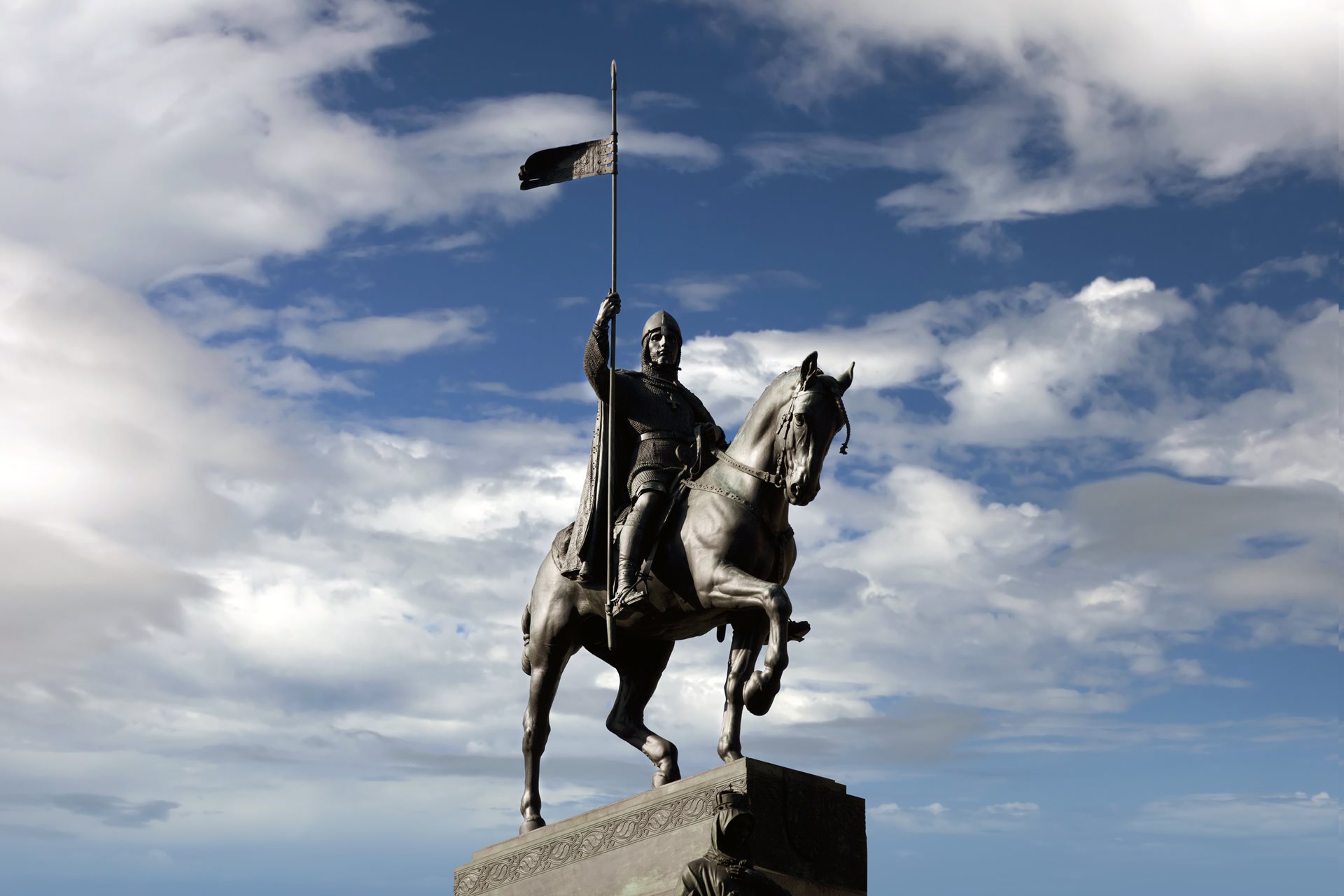
28 October: Independent Czechoslovak State Day
And thirdly, the last holiday related to the Czech statehood. On this day in 1918, the independent Czechoslovakia was declared and the Austrian-Hungarian Empire ceased to exist at the end of World War I. The holiday is celebrated in many different places of the country. An important place for celebrations is the National Monument at Vítkov in Prague, where there is a traditional military parade and wreaths are laid, and in the evening, honours conferred by the state are presented at Prague Castle.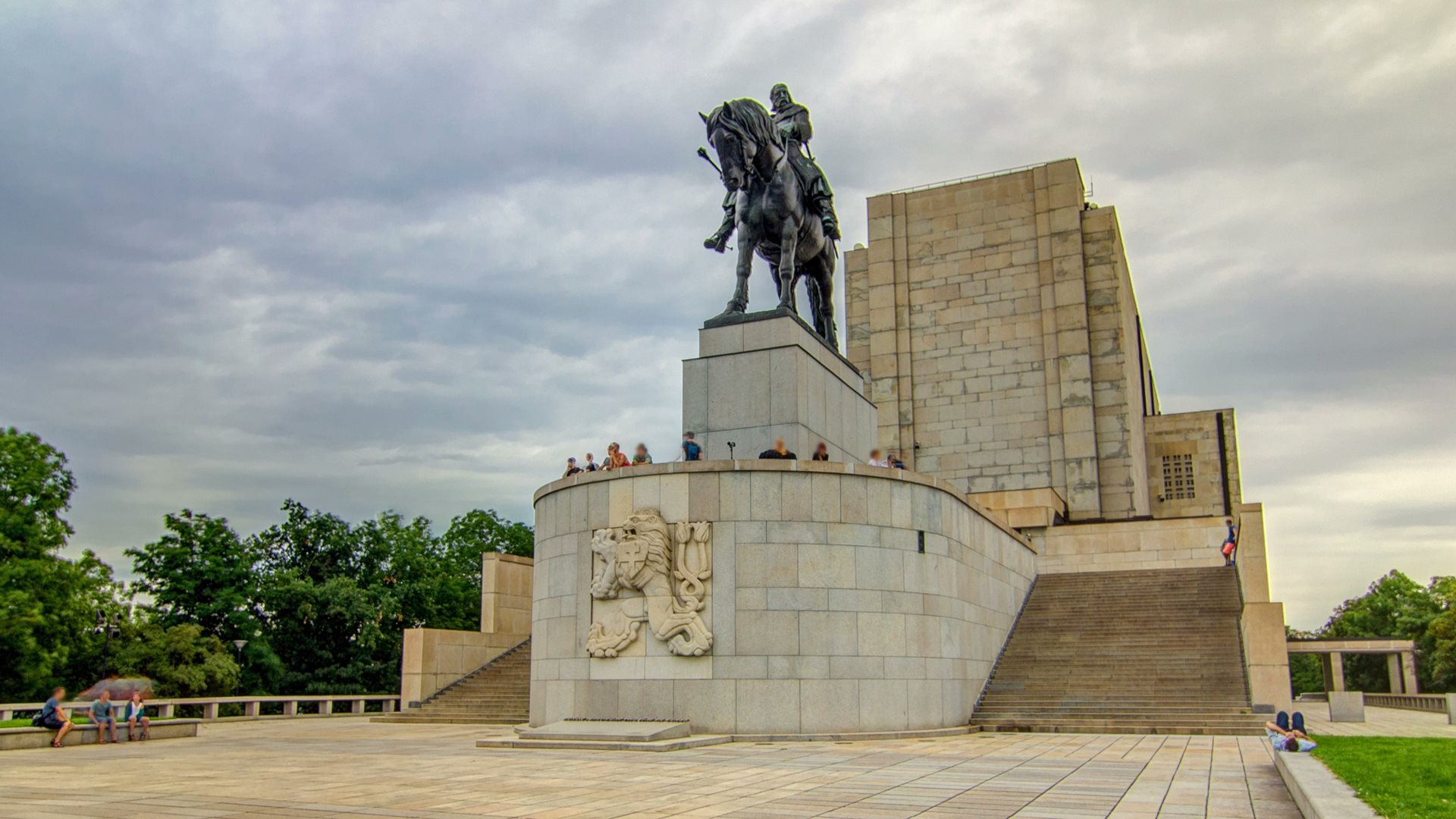
17 November: International Student Day and Struggle for Freedom and Democracy Day
Mid-November is dedicated to two holidays that are celebrated on the same day. The first one commemorates 17 November 1939, when Nazi Germany that occupied today’s Czech Republic decided to close all Czech universities and carried out raids against the student leaders who resisted the Nazi occupation. Several of them were executed without any legal proceedings, and about 1,200 of them ended up in the Nazi concentration camps. The second event took place on 17 November 1989 when the remembrance of the 50th anniversary of the Nazi repressions grew into a demonstration against the communist regime. The main demonstration took place at Národní třída in Prague, near the National Theatre. The police responded brutally, which stirred the public into mass strikes that led to the fall of the communist regime. The first free elections took place in 1990.24-26 December: Christmas
Christmas is another important Christian holiday that celebrates the birth of Jesus Christ. The Czech Christmas day, or 24 December, is related to numerous pre-Christian and Christian Christmas customs and superstitions, for example, there is the Christmas dinner with fish and potato salad, lighting up the Christmas tree and opening gifts, or the superstition that you will see a golden piglet if you fast all day. The other two days of the Christmas holiday are dedicated to rest, visiting the family or going on trips. Believers also visit churches and commemorate these days from a religious point of view. Christmas is also connected to Advent markets in city centres. The most popular ones are in Prague, Olomouc or Český Krumlov.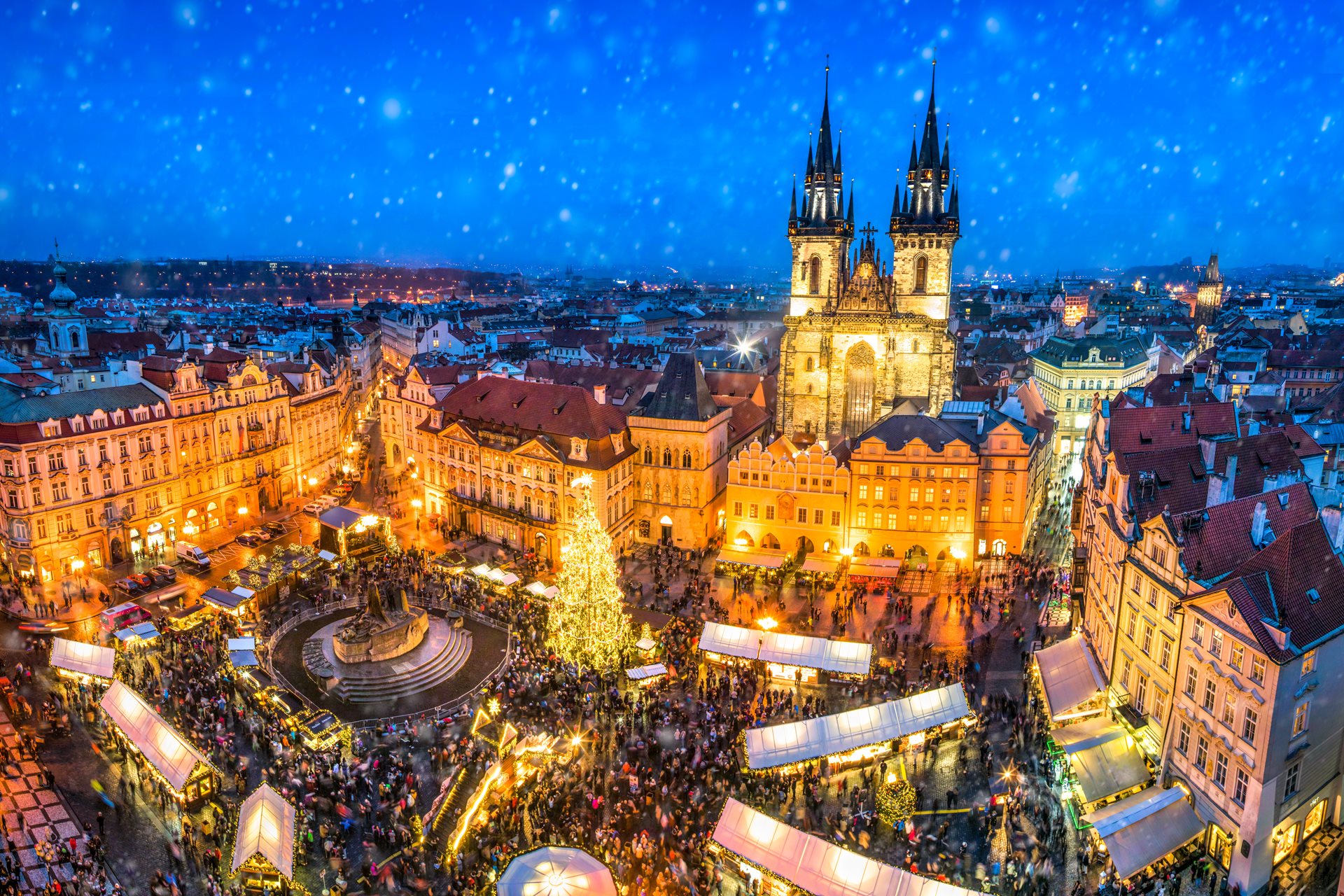






-(1).jpg?width=1920&height=1204&ext=.jpg)



